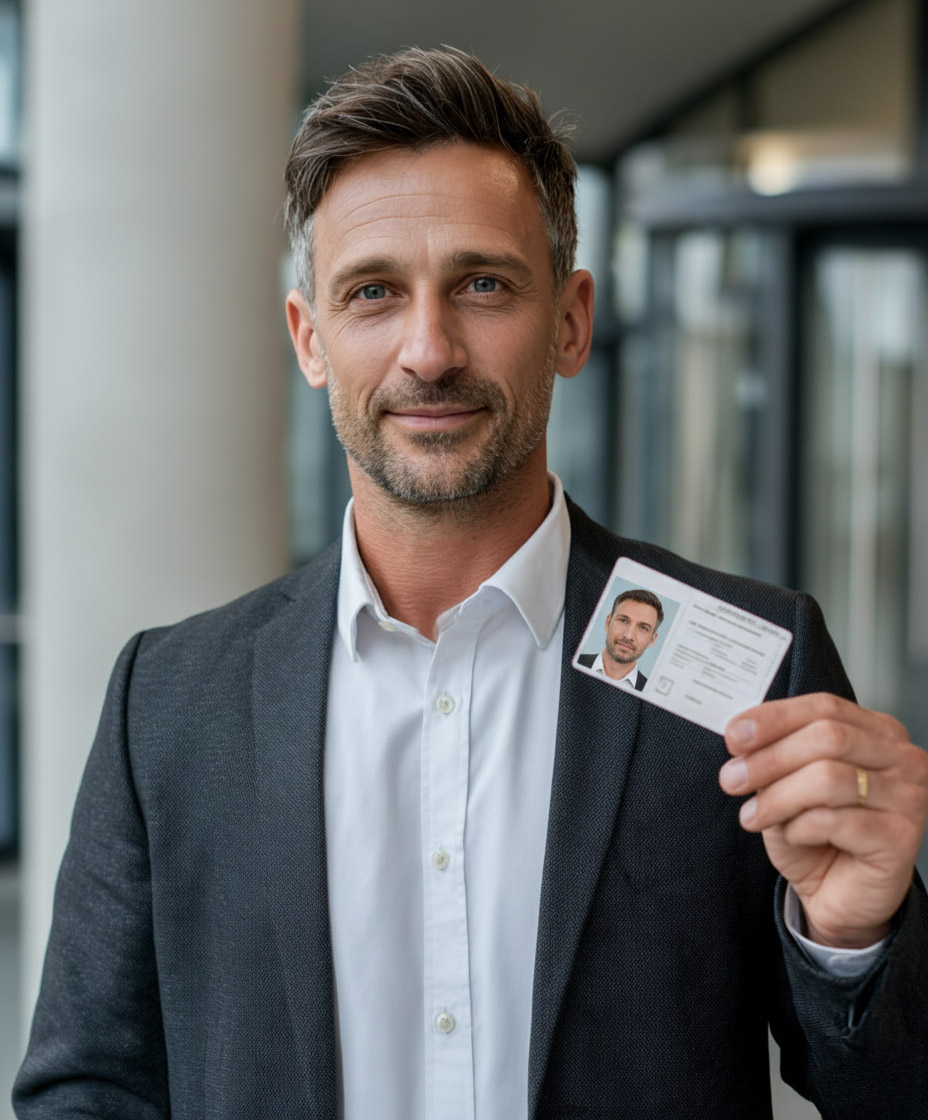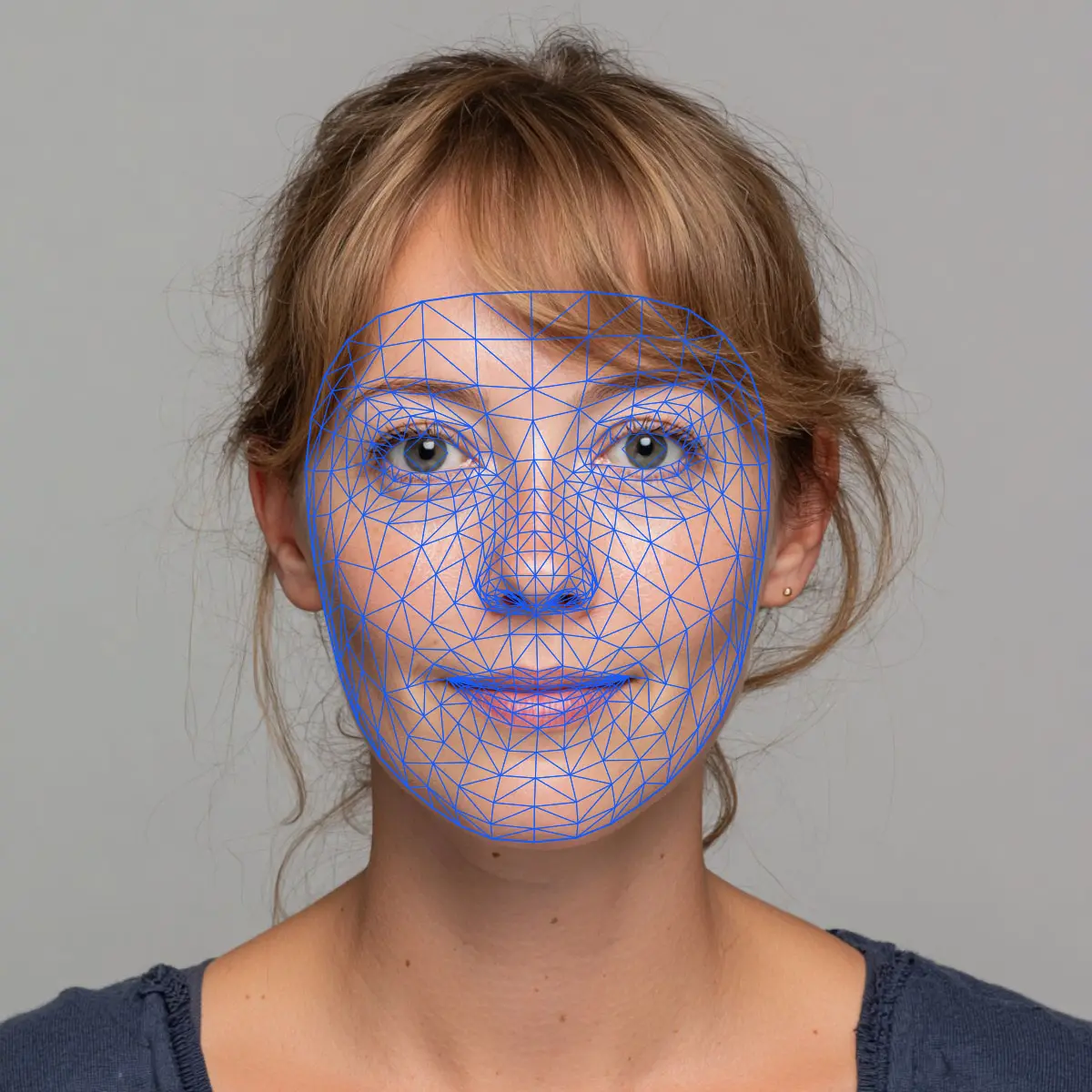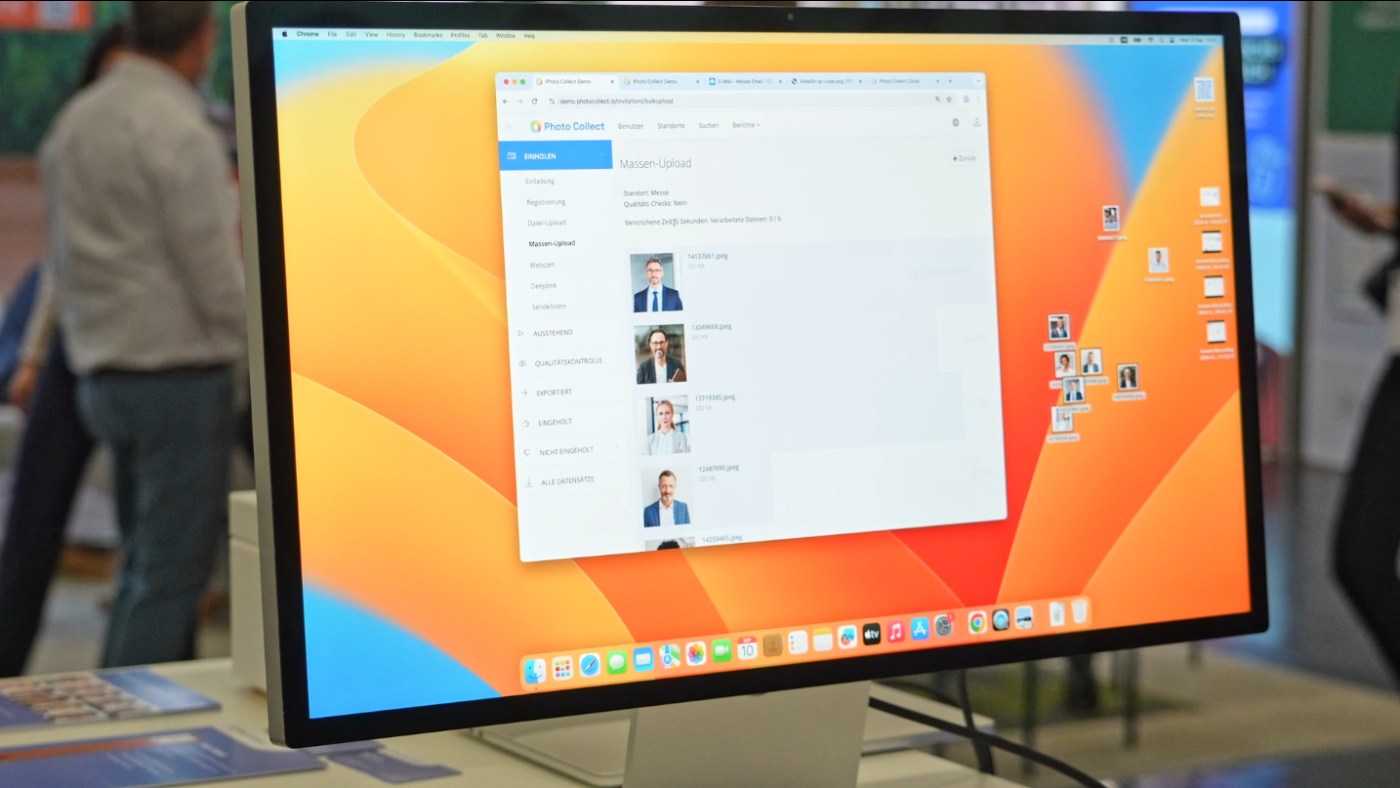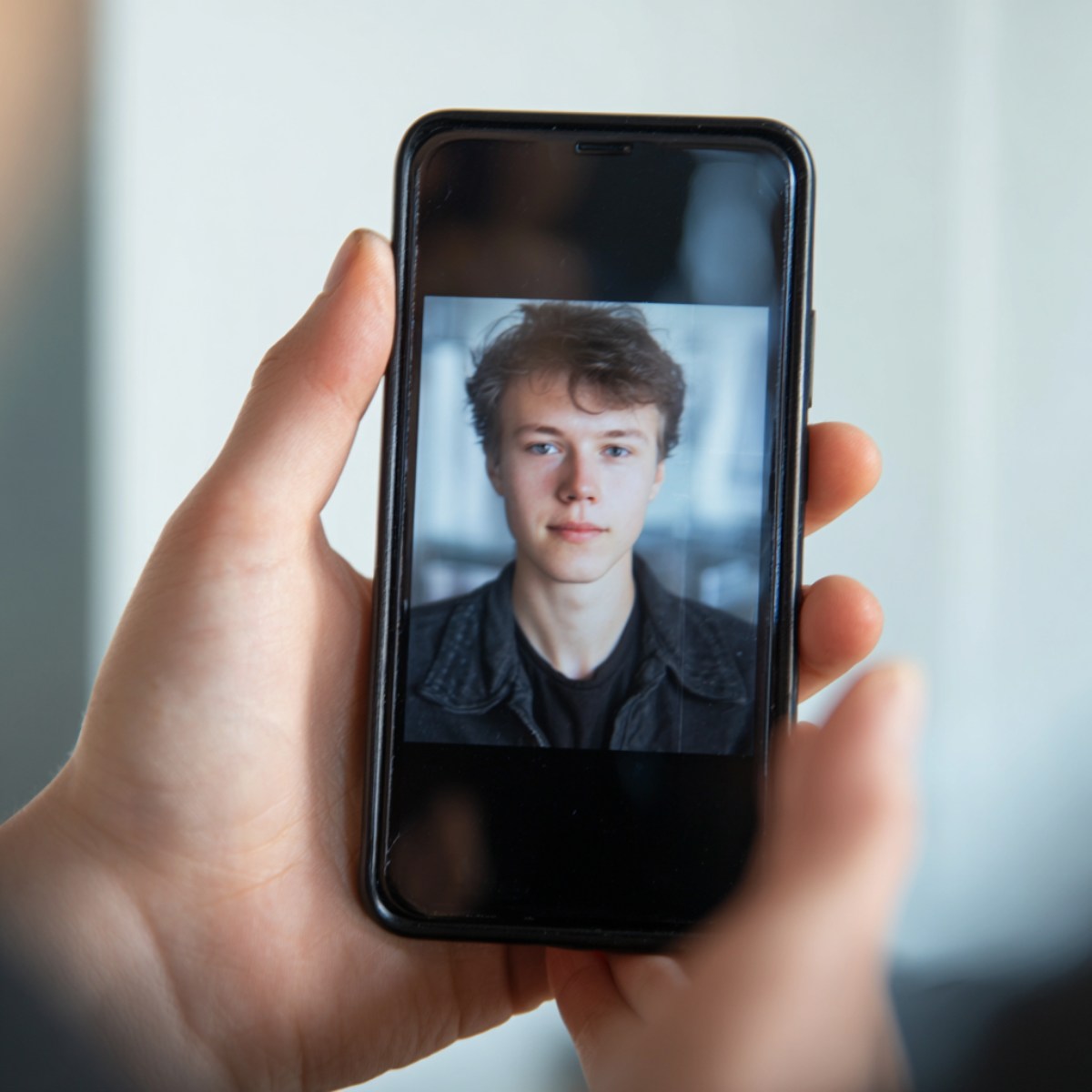Process management
Employee photos for ID cards: How AI makes work easier for companies

In times of rapidly advancing AI technologies, it makes sense to use artificial intelligence even for seemingly simple tasks such as Capturing employee photos. Numerous tools promise to improve images automatically - faces become smoother, colors more vivid, backgrounds professionally replaced. But especially when these photos are used for employee ID cards are to be used, caution is advised. Because what looks good is not always legally and technically permissible. The use of AI to improve or change ID card photos is not permitted in many cases - and is often even risky.
Authenticity instead of filters: legal framework conditions
Employee ID cards not only fulfill a decorative function, but also a security-relevant one. They are used for visual identification, are linked to access controls or even have to be biometrically analyzable. Strict requirements apply for such applications - especially when companies are guided by the international ICAO standards standards. These define clear guidelines for ID photos: The image must reflect the current state of the person realistically and without distortion. AI manipulations that change facial proportions, smooth skin, whiten teeth or even replace elements clearly contradict these requirements.
Data protection: AI & personal images are a tricky combination
The use of AI for image processing is also problematic from a data protection perspective. Portrait photos are personal data - and if biometric features are analyzed or changed, even particularly sensitive data within the meaning of the GDPR. If an employee photo is processed by an AI tool, this is often not transparently traceable. Many of the systems used are cloud-based and store photos temporarily or permanently on servers outside the EU or Switzerland - without clear control over further use or deletion. Companies that use such tools run the risk of violating applicable data protection laws, especially if the data subject has not given their express consent.
Trust, identity & security in the company
The psychological and security components should also not be underestimated: an ID photo should not only be functional, but also create trust. If the image on the ID card differs greatly from the actual appearance - because an AI has "embellished" or altered it - credibility suffers. This can lead to misunderstandings with reception staff, security services or in day-to-day dealings with colleagues. In addition, automated access systems - especially with facial recognition - can fail if the stored image does not correspond to the real person.
The alternative: validation instead of change
Modern tools like Photo Collect deliberately do not rely on image modification, but on intelligent validation. This means that every uploaded photo is automatically checked - for face recognition, viewing direction, exposure, background and technical quality, among other things. If the image does not meet the defined criteria, it is not changed, but a new image is requested. In this way, control remains with the person, not with a black box AI. Companies retain sovereignty over the process - and at the same time meet all data protection, security and image quality requirements. Read more about this.
What may seem sensible in social networks and marketing campaigns has no place in the context of employee photos for ID cards: AI must not be used to change or "optimize" the appearance. If you want to be on the safe side legally, technically and ethically, you need a solution that relies on real images, valid processes and clear standards. Photo Collect offers exactly that: data protection-compliant, AI-supported photo capture that does not change, but checks - efficiently, securely and traceably at all times.










